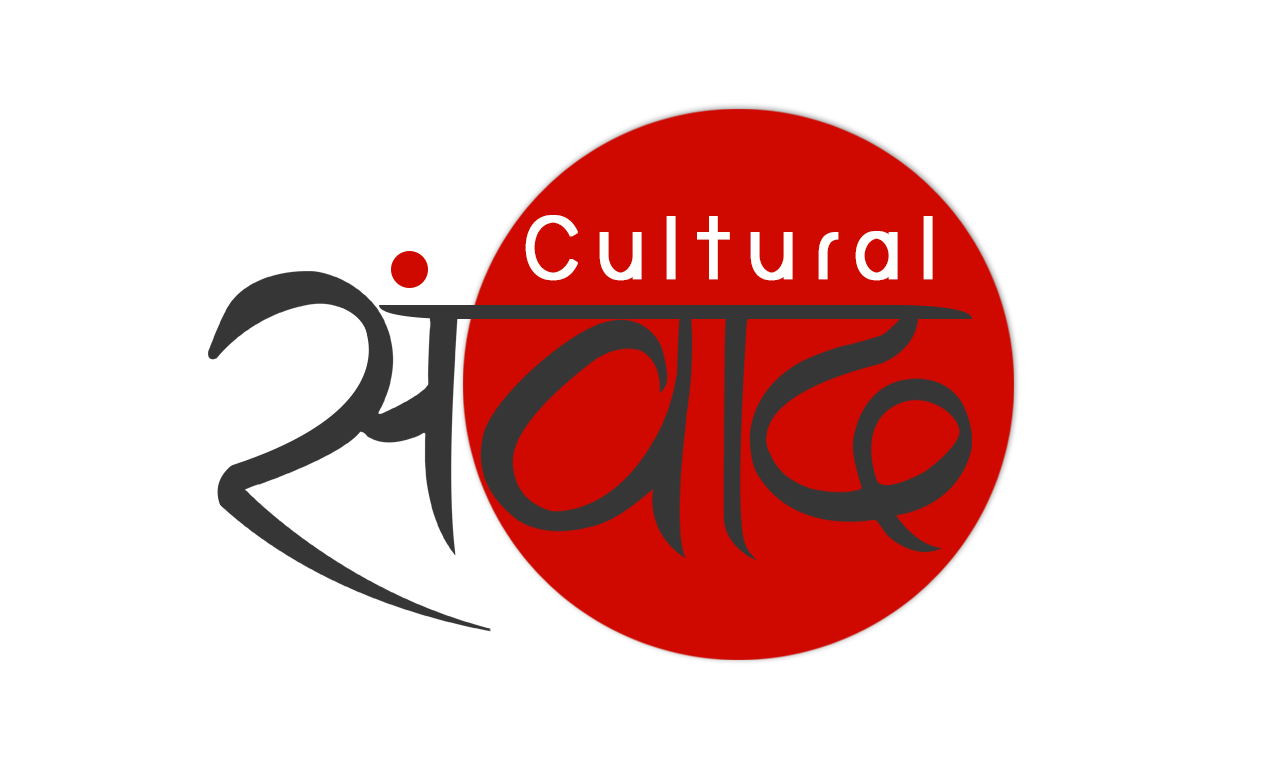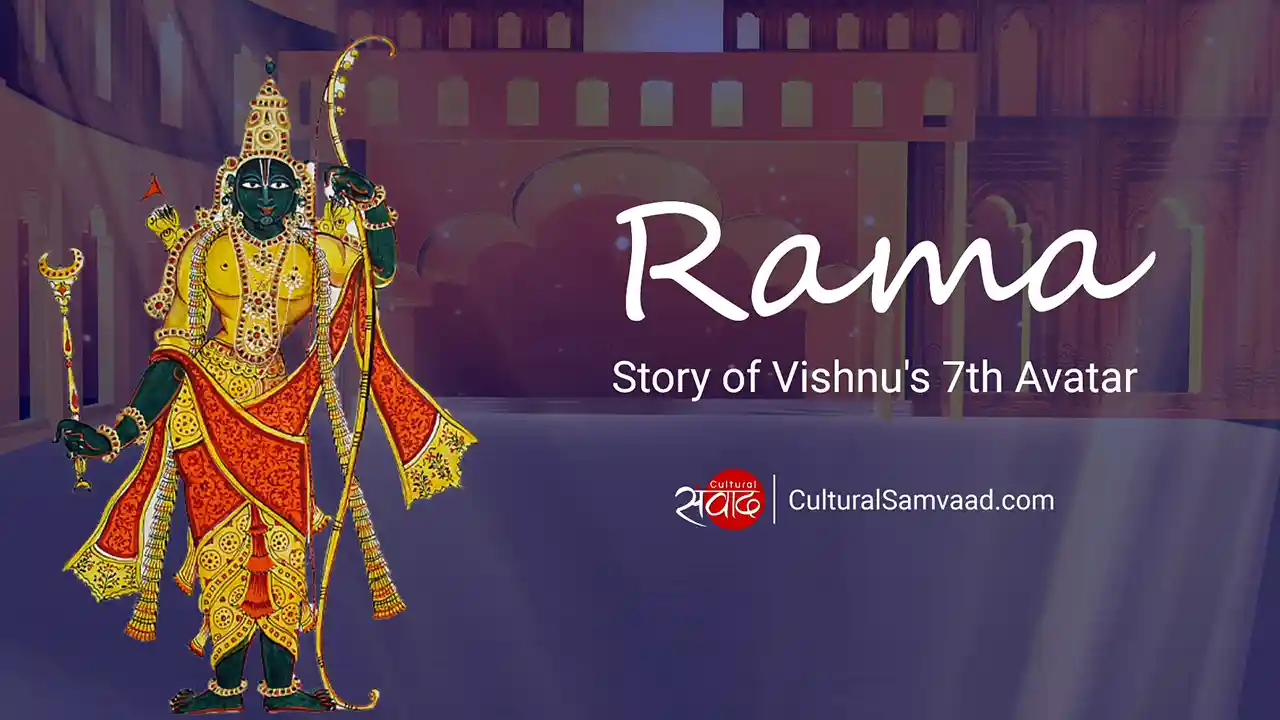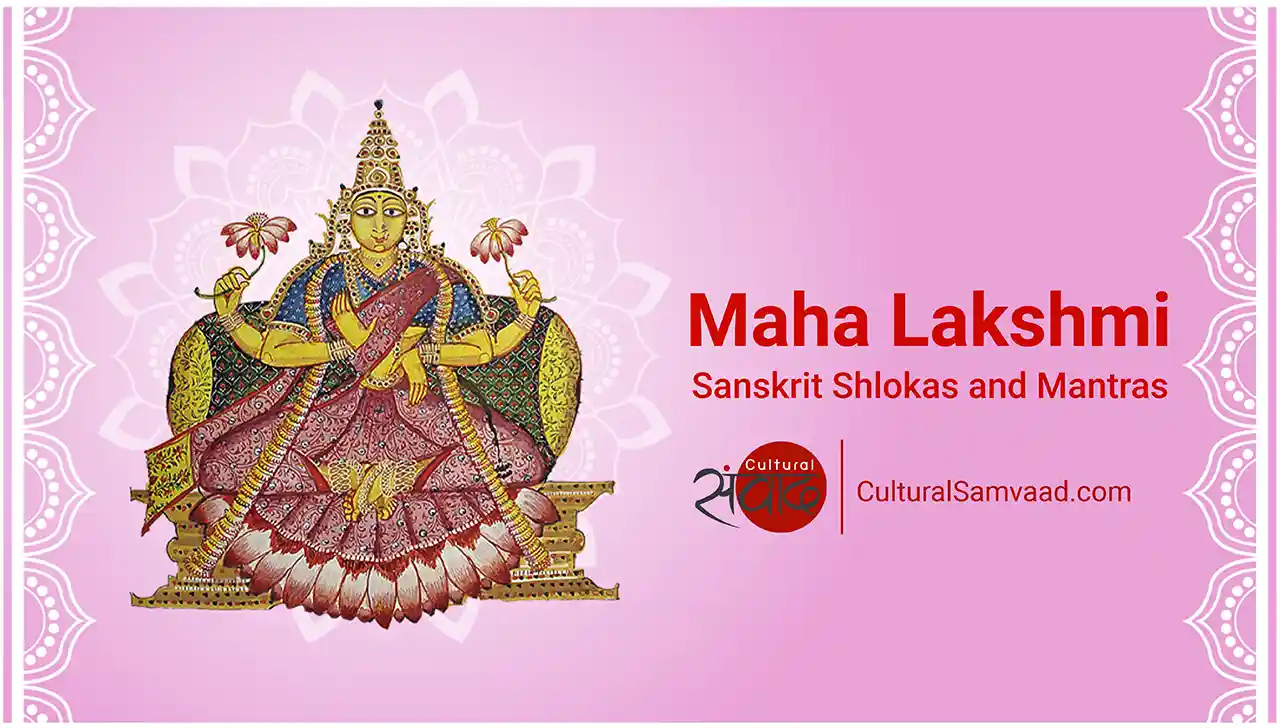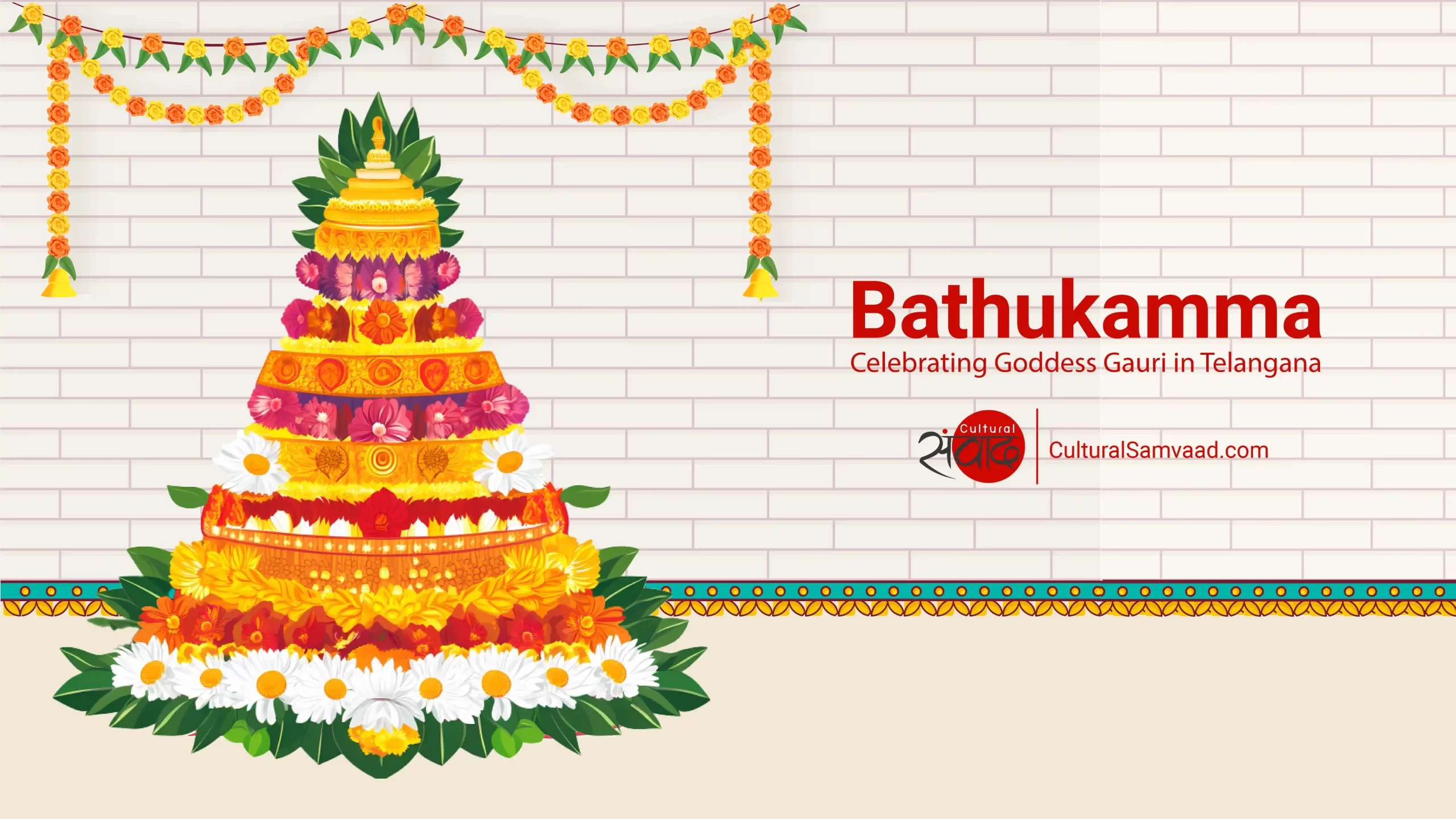Join Cultural Samvaad’s WhatsApp Community
Celebrated during spring season (basanta ritu – वसन्त ऋतु) in India, the ancient festival of Holi is also known as Vasantotsava or Phalguni or Phalgunotsava. It even finds mention in the Atharva Parishishtas.
As the beautiful land of India dons a riot of colours, people cut across all barriers to indulge in merrymaking, singing, dancing and playing with colours (Holi was traditionally played with eco-friendly, natura colours made from flowers). The festival also holds special significance for lovers and the ancient text – Gatha Saptasathi has two verses that mention the throwing of powder and fragrant water by lovers on each other during the utsava.
Sanskrit Greetings for Holi
Holi also coincides with the commencement of the harvesting season of the rabi crop or the harvest season itself across many parts of India. The farmers invoke the elements of nature and pray for a bountiful harvest. It is customary for some people to offer tender sprigs of barley, green chana and sugarcane as offerings to the Holi fire.
In this short piece we will look at some of the stories behind this festival and some unusual ways in which Holi is celebrated.
Colours of Devotion: Holika and Prahlada
Probably the most well-known story behind Holi is that of Holika and Bhakta Prahlada. As per tradition, Holika Dehan or the burning of the Holi fire is reminiscent of the burning of the demoness Holika. She was trying to burn her little nephew Prahlada alive who was an ardent devotee of Lord Vishnu on the request of her brother Hiranyakashyapa. Vishnuji intervened and the fire consumed Holika while Prahlada got saved. The good survived against all odds and the stage was set for the Narasimha avatar of Vishnu.
Annihilation of Dhendha or the ‘Unclean’
As per another ancient story mentioned in the Bhavishyottara Purana, when King Raghu was ruling Ayodhya; Dhendha, a demoness had infested the city and primarily affected children. Desperate to get rid of her, the people of Ayodhya gathered wood, lumps of dried cow-dung and dried leaves, and heaped them in a decorated enclosure. They set the heap on fire and danced around it abusing Dhendha. The demoness was unable to bear the abuses being hurled at her and jumped in the fire and perished, thus purifying Ayodhya. Till date, cakes made of cow dung are used for Holika Dehan.
Martial Colours of Hola Mahalla
Instituted by Guru Gobind Singhji at Anandpur Sahibji to invigorate and train the Khalsa and to exhibit their readiness for battles; the 3 t0 7-day celebrations of Hola Mahalla include spectacular displays of martial arts, mesmerising kirtans, invigorating kavishri and of course, the colours of gulal.
Dol Jatra or Dol
In West Bengal, Assam and Tripura; Dol Poornima is a celebration of the eternal love of Radha and Krishna. It is believed that the charming Muralidhara first threw colour or ‘phag’ on the beautiful Radharani on this day. The overjoyed sakhis still take out palanquins of Krishna and Radha, sing and dance and play with natural, dry colours made of flowers like palash.
Masan Holi
In an age-old tradition in Kashi, aghori sadhus and devotees play Holi with ashes instead of colours at Manikarnika Ghat on Rangbhari Ekadashi (five days before Holi). It is believed that the ganas of Shiva join this celebration of life and death in all its forms.
Lathamara Holi
As per tradition, Krishna and his sakhas (friends) came from Nandagaon to Barsana to play Holi with Radha and her sakhis. Radharani and her sakhis used sticks to playfully beat Kanha and his friends who in turn used shields to guard themselves. Even today, this leela is re-enacted every year in Barsana with fun and fervour.
Khatu Shyam Mela
It is believed that Barbarika, the grandson of Bhima and the son of Ghatotkacha resides at Khatu in Beawar in Rajasthan as Shyam baba in Kali Yuga. He celebrates Holi with his devotees on Rangbhari Ekadashi (five days before Holi) as part of a large multi-day mela which is characterised by processions and is imbued with the colours of devotion and celebration.
Patriotic Colours of Ganga Mela
Celebrated a few days after Holi since 1942, this unique celebration in Kanpur, Uttar Pradesh is linked with India’s Struggle for Independence. The British banned Holi and arrested those who did not pay heed. When these people were released a few days later due to incessant protests, the city played Holi again to express its joy and came together at a mela on the banks of the holy Ganga. Since then, every year when the stars align, the city drowns itself in colours to commemorate this event.
Flavours and Foods of Holi
Holi celebrates the multitudinous colours of life and living. And no celebration is complete without food. From thandai to gujhiya, from puran poli to chaat, from dahi vada to lassi, from malpua to dhuska, the innumerable flavours of Holi reflect the diverse hues of India.
Happy Holi!






Add comment